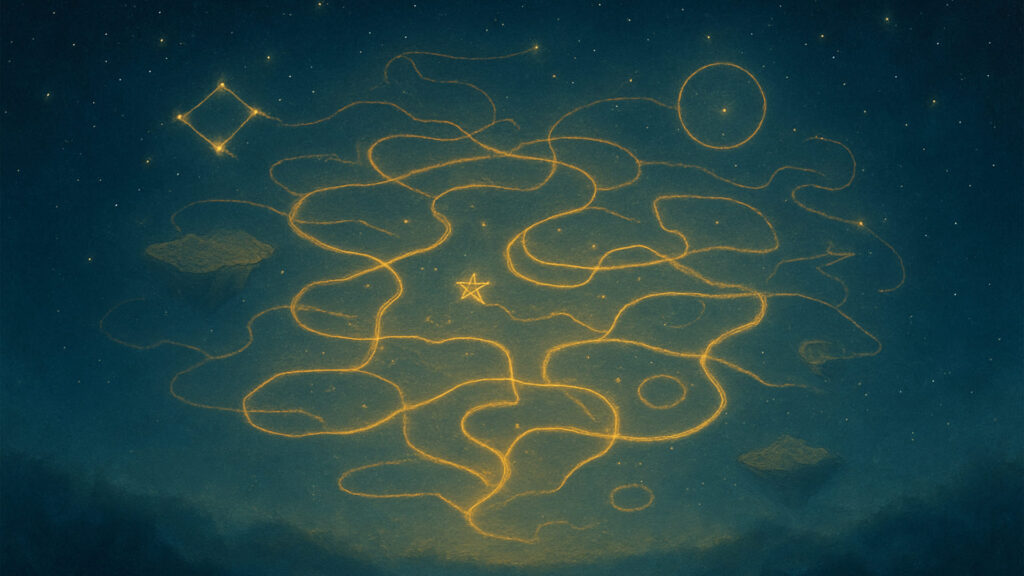Dreams are more than illusions. They are hidden maps, symbols and stories that reveal the uncharted terrain of the self.
Enjoyed this post? Your support helps me keep writing, sharing ideas, and brewing coffee. Every bit counts!

Dreams are more than illusions. They are hidden maps, symbols and stories that reveal the uncharted terrain of the self.
Every night, you close your eyes and fall into a world that feels at once strange and deeply familiar. Cities you’ve never walked through rise up around you. Faces that don’t exist greet you with affection or menace. And events unfold with their own inner logic-absurd yet meaningful, chaotic yet precise.
We call this dreaming. But what if dreams are more than just static electricity in the brain? What if they are maps-hidden cartographies of the unseen parts of your mind?
Dreams rarely speak in words. Instead, they use symbols, images, and sensations. A locked door may not be just a door-it might represent a hidden memory or a boundary you’re not yet ready to cross. A flight through the sky may not be about wings-it might be about longing for freedom.
This symbolic language is not random. It’s the same language used by myth, art, and ritual across history. Dreams are your personal mythology in motion.
Your waking life is full of unresolved threads-conversations left hanging, emotions unexpressed, fears unacknowledged. Dreams often pick up these threads, weaving them into stories that feel disjointed, but are actually carrying forward unfinished parts of your waking self.
Sometimes they clarify. Sometimes they distort. But either way, they reveal what remains unprocessed.
In many cultures, dreams were treated not as trivial illusions, but as messages. The Greeks believed in dream temples where people sought healing through visions. Indigenous traditions often considered dreams as guidance from ancestors or spirits.
Stripped of the supernatural, the insight remains: dreams teach. They are rehearsals for choices, confrontations with fears, and glimpses of possibilities not yet lived.
In dreams, time bends. You may live through years in a single night, or revisit moments from decades ago with full immediacy. This bending reveals something crucial: the mind is not bound by linear time in the way the body is.
Perhaps dreams remind us that awareness itself is more fluid than we assume. It can slip outside the usual frame and move freely, creating maps not only of memory but of possibility.
Some experiences in dreaming go beyond symbolism. Lucid dreams, shared dreams, or the eerie sense of visiting “other places” suggest that dreaming might not only be inward. It may also brush against realities outside the self.
Whether literal or metaphorical, the effect is the same: dreams stretch the borders of what we call reality.
To dismiss dreams as nonsense is to ignore a vast inner landscape that speaks every night. They are not distractions-they are hidden maps, pointing us to uncharted terrain inside and perhaps beyond ourselves.
To dream is to journey. The only question is: Will you pay attention to the map when you wake?
Enjoyed this post? Your support helps me keep writing, sharing ideas, and brewing coffee. Every bit counts!